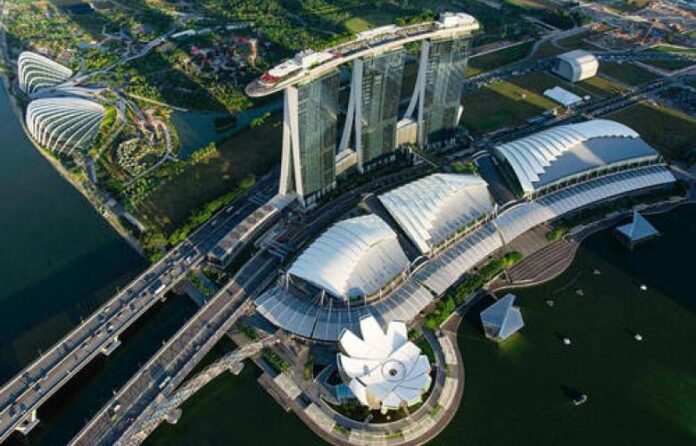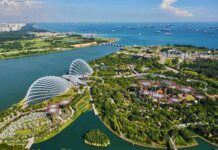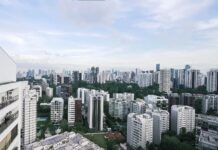Urban renewal in Singapore is a structured national strategy that changes how residents live, work, and access essential services.
The government’s redevelopment programs are turning old housing estates, industrial sites, and waterfronts into mixed-use areas with housing, transit, and green infrastructure.
The concrete result is that renewal is now the primary source of new lifestyle options in Singapore, providing more efficient housing, better connectivity, and sustainable urban design.
Purpose and Framework
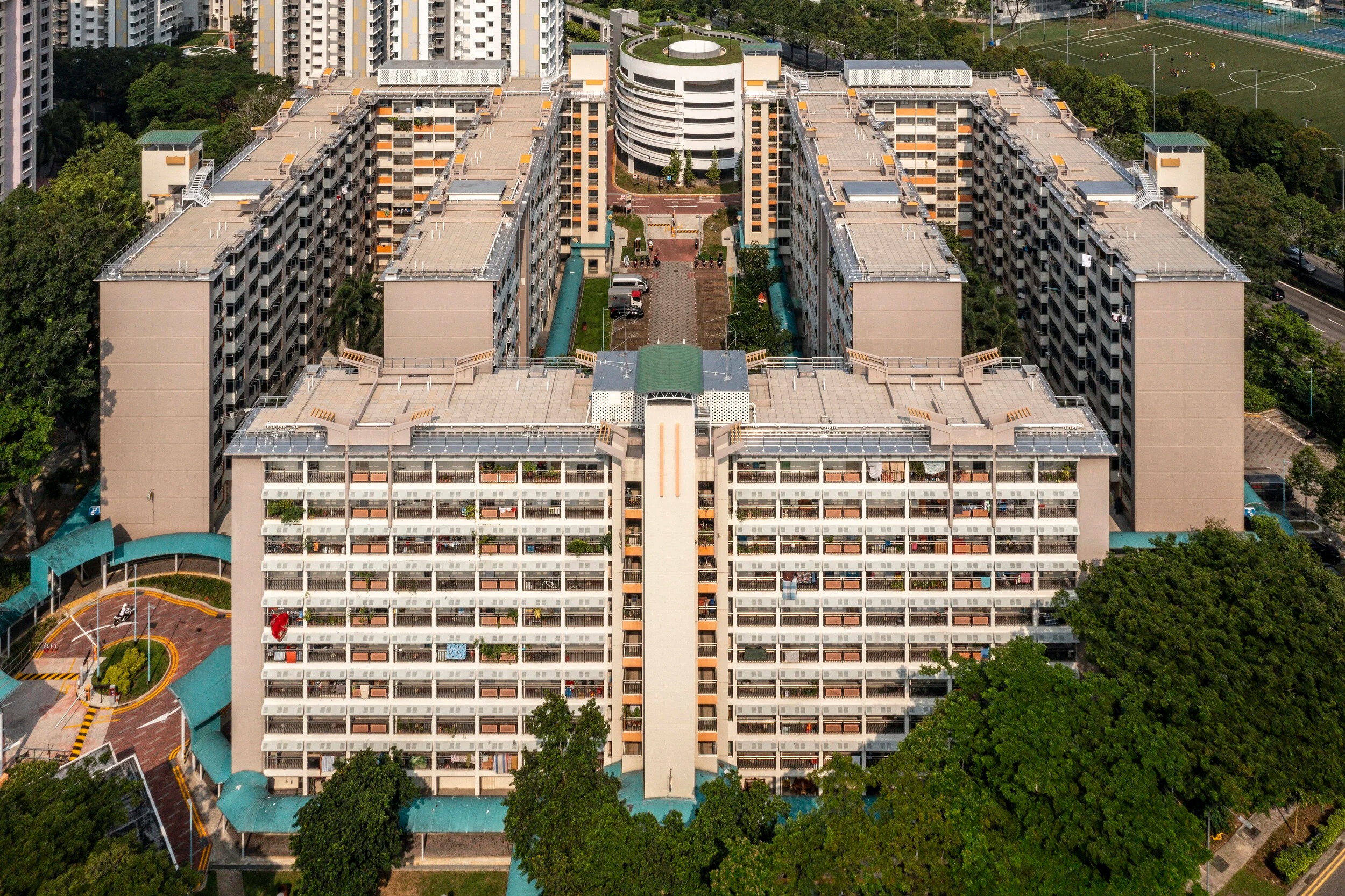
Urban renewal in Singapore started with public housing and slum clearance in the 1960s. The Housing and Development Board (HDB) and Urban Redevelopment Authority (URA) developed a planning system to manage land scarcity and population growth. Today, renewal projects focus on sustainability, mobility, and technology.
The URA’s Master Plan defines how every zone will evolve, with old estates systematically upgraded to meet modern standards.
These upgrades integrate digital systems, energy-efficient buildings, and public amenities that improve the daily lives of residents. Renewal is not limited to central areas but extends to towns across the island to maintain balanced development.
Redevelopment of Former Industrial Areas
Industrial districts are being converted into business and residential hubs. Paya Lebar, once dominated by factories, is now a mixed-use district with offices, retail, and housing. The transformation of Keppel and Tanjong Pagar has opened large areas for urban housing near the waterfront.
These redevelopments add new homes, green corridors, and public transport access. The strategy reduces commuting time and increases employment opportunities within walking distance of residential zones. Each renewal area is designed to serve multiple functions—housing, commerce, recreation, and transport—within a compact footprint.
Integrated Living Environments
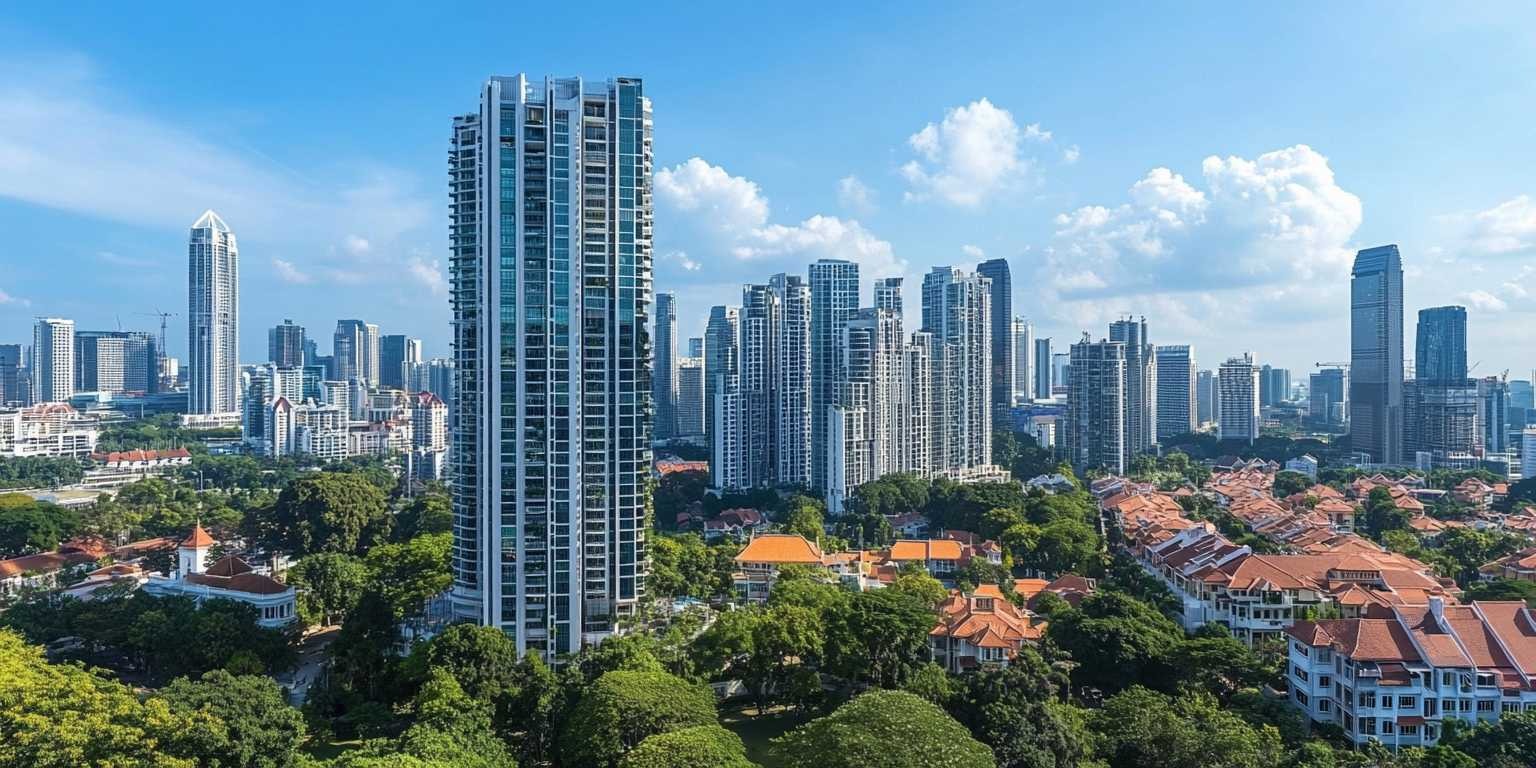
Modern renewal emphasizes integration. Residential projects are now part of planned ecosystems that include transport nodes, schools, healthcare, and retail within the same district.
Developments like Pinery Residences illustrate this model. They are located near MRT lines, combine public and private spaces, and use energy-efficient layouts. Residents can access daily necessities and recreation within minutes. This planning approach reduces car use and supports a predictable quality of life.
The integrated model is now standard in both private and public projects. It defines how Singapore delivers housing in high-density environments without overloading infrastructure.
Environmental and Digital Integration
Sustainability measures are embedded in every renewal project. Buildings use solar panels, rainwater collection systems, and low-emission materials. Green roofs, shaded walkways, and ventilation design reduce energy demand.
Singapore’s “City in Nature” plan links these projects into a larger environmental network. Data-driven monitoring systems track waste, water, and energy use, allowing local authorities to adjust services in real time. These systems reduce costs and environmental impact while improving reliability.
Heritage and Identity Preservation
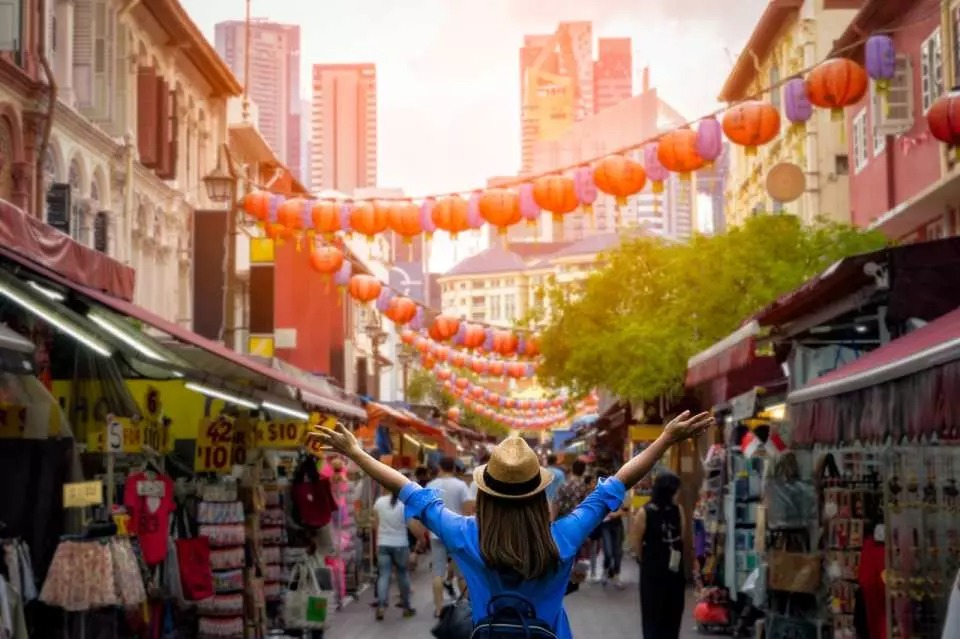
Older neighborhoods are renewed through conservation and adaptive reuse. Kampong Glam, Little India, and Chinatown maintain their historical buildings while gaining modern utilities and safety systems.
URA guidelines ensure that restoration does not erase cultural identity. Restored shophouses host small businesses, offices, and public facilities. This approach retains architectural heritage while ensuring the areas remain economically active and safe for residents and visitors.
Transit-Centered Development
Transit-oriented planning is central to renewal. Housing projects are located within walking distance of MRT or LRT stations. The goal is to reduce traffic congestion and promote public transport as the main mode of commuting.
Singapore’s “20-Minute Towns” concept ensures essential services are accessible within 20 minutes of home. The URA aligns new housing projects with MRT expansions such as the Cross Island Line and Jurong Region Line. These lines connect renewal zones directly with employment and education centers, creating more balanced growth across the island.
Housing Demand and Lifestyle Change
Renewal projects directly influence housing demand and pricing. Compact, transport-connected homes are in high demand among working professionals and families. This demand shapes the real estate market toward efficient space use and better amenities rather than larger units.
Projects like Narra Residences reflect this shift. They are built around mixed-use zones that integrate retail, fitness, and work-from-home facilities. These developments respond to clear market demand for accessibility, safety, and functionality.
Urban renewal supports a middle-class lifestyle based on proximity, flexibility, and efficient urban design rather than expansion of physical space.
Public Green Networks
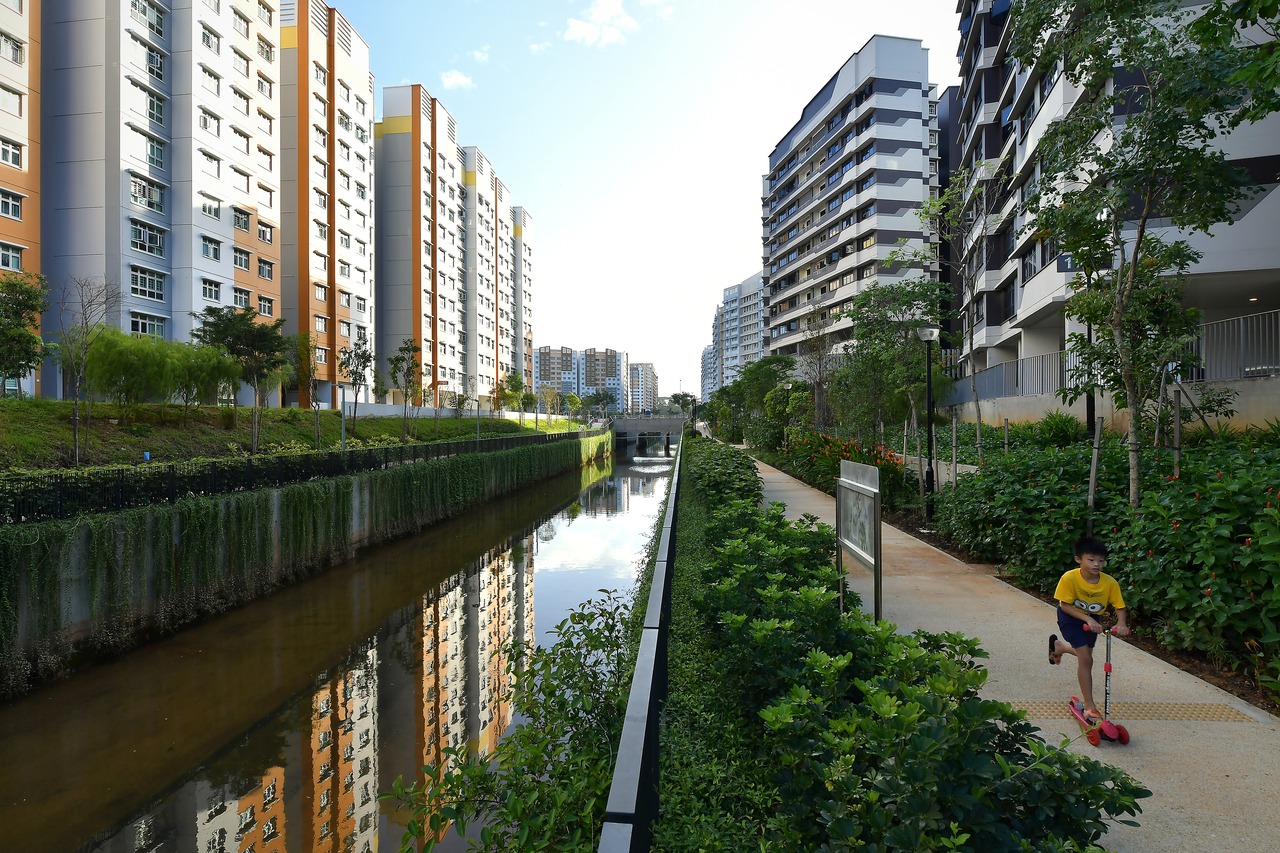
Renewal extends beyond buildings. The National Parks Board (NParks) connects green spaces through the Park Connector Network, linking new housing estates to parks, rivers, and waterfronts.
Projects along the Kallang River and Bishan area demonstrate this system. Green corridors function as recreation zones and climate buffers. They lower urban temperatures and manage stormwater runoff. These are measurable public health and environmental benefits produced through urban renewal planning.
Economic and Social Effects
Renewal contributes to the economy through construction, maintenance, and design sectors. It also stabilizes long-term property values and attracts investment in surrounding areas.
Socially, renewal is used to maintain diversity in housing. HDB upgrading programs mix income groups within the same neighborhood. Universal design standards ensure access for seniors and persons with disabilities. This prevents segregation and supports stable community structures.
Next Stage of Renewal
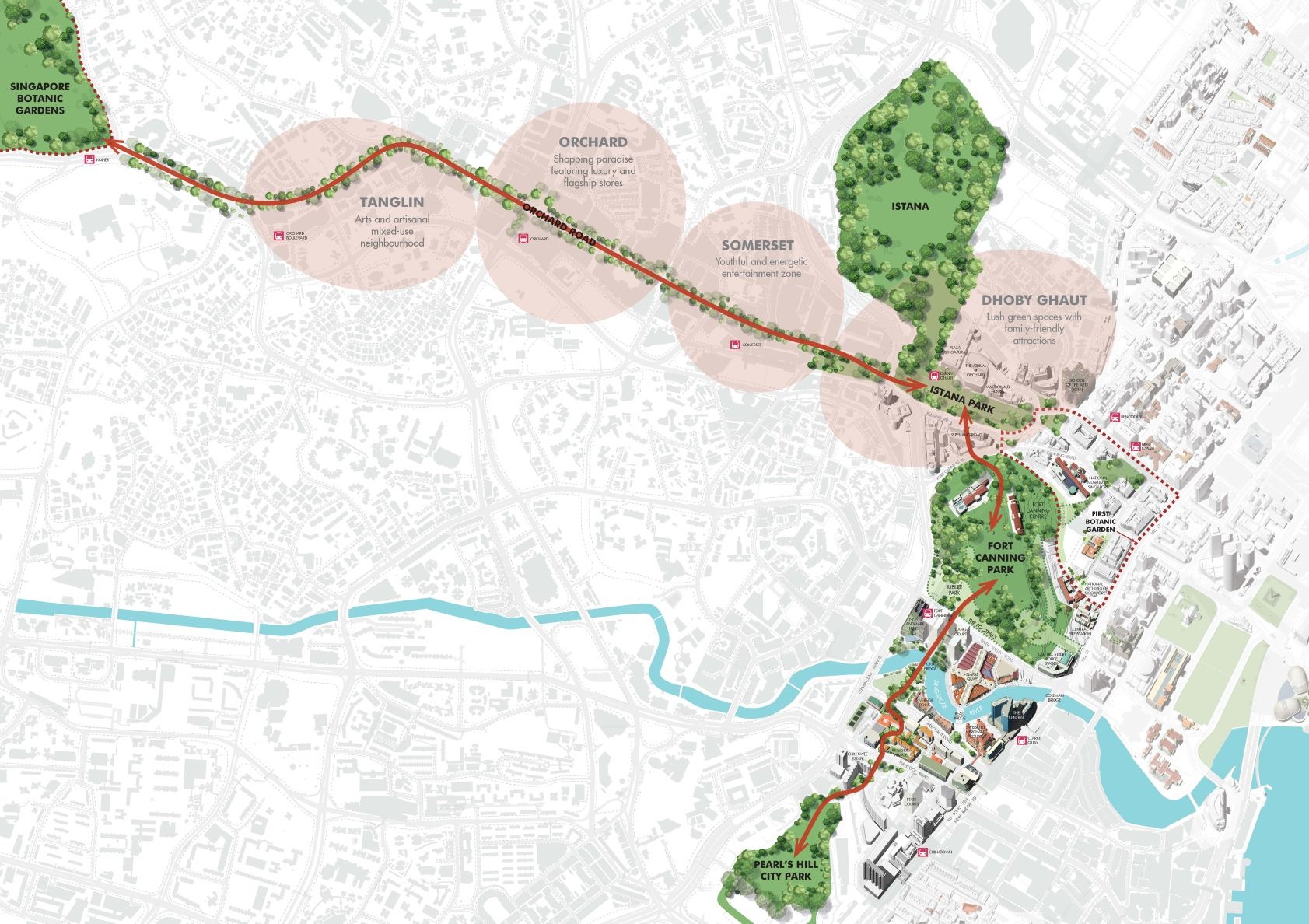
The next phase of urban renewal will focus on resilience and data management. Underground space utilization, coastal protection systems, and AI-based energy monitoring are part of the upcoming URA Master Plan.
Projects will adapt to climate risks, rising sea levels, and demographic aging. Planning models will rely on sensor data to optimize energy use, waste collection, and transport scheduling. This system-level control will make future districts more efficient and predictable.
Conclusion
Urban renewal in Singapore is a systematic national policy that defines where and how people live. It combines land optimization, sustainable design, and integrated infrastructure.
The result is a set of new lifestyle options—compact, connected, and efficient. Developments such as Pinery Residences and Narra Residences show how renewal produces measurable improvements in housing quality, accessibility, and environmental performance.
Singapore’s renewal model provides a consistent framework for long-term urban growth without losing social balance or spatial efficiency.

